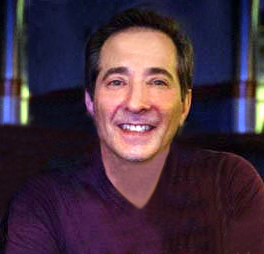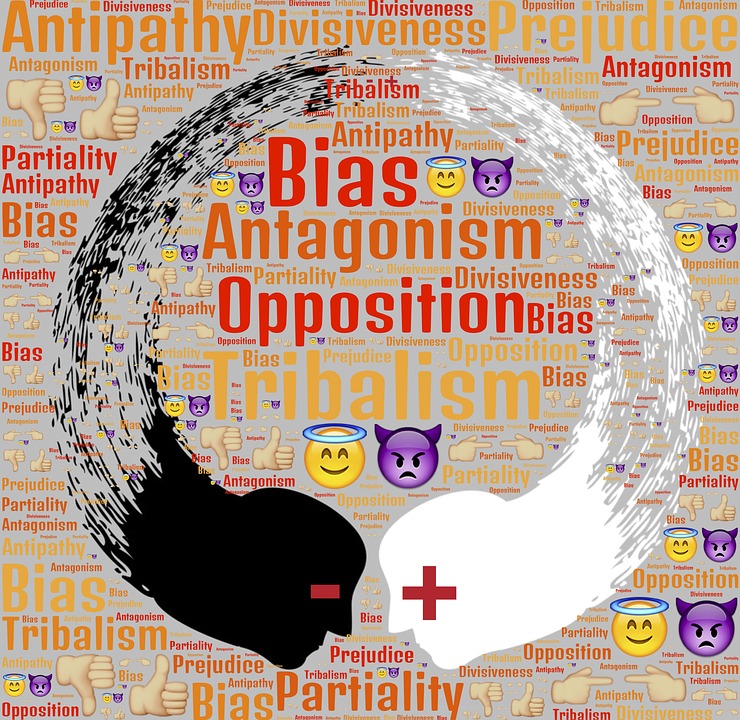GLEN SHULD - The Color of Character
Glen Shuld kept a journal every day for a year in his life. He happened to be 12 years old at the time and attending an integrated grade school during the Vietnam era.
He was just like a lot of kids his age — trying to figure out what he wanted to be when he grew up, who his real friends were and how best to fit in. He also admits that he, like Glen Feigman in his book, The Color of Character, was not like a lot of other kids his age — he was Jewish and, although the term was not yet defined for a 12-year-old in 1970, he was gay.
As Shuld turned 13 that spring, unsettling changes began to place both his Jewish family and the community on edge. Things at his school, considered one of the best and most progressive in the district, were even more challenging. Virtually overnight, he and a small circle of friends were beginning to be measured up and bullied, at odds with the black students at school and the Catholic kids who ruled the neighborhood park. As you might expect, peer attitudes and opinions were amplified versions of the unrest all around them.
It was complicated and things got increasingly difficult. There was no safe place to retreat and fewer still opportunities to vent his growing frustration or to sort out his own evolving sexuality except within the confines of his daily journal entries. So, he did the best he could to try to avoid confrontations, forge friendships and get along.
If all of this sounds very serious and disturbing, you would be right since just about everything is serious and disturbing to a 13-year-old. That fact becomes the indelible charm in the telling of the story which, in truth, is a collection of real characters and events, compressed from several years in Shuld’s young life. He calls this a work of autobiographical fiction and it is a page-turner.
These are teaching moments — some searingly poignant and many hilariously funny — told by and about a gay Jewish boy trying to sort out his own understanding of race relations, bias and bullying to forge a dialogue about confronting all forms of racism. Through detailed observations and insightful discussions at the family dinner table, Shuld’s opinions on life, love, politics and social mores are razor-sharp.
There is much more from our fascinating conversation on October 12th about the book and his efforts to bring our polarized culture closer together by listening and finding common ground for understanding. PODCAST
Meet Glen Feigman ... “I went to school with a young man whose name had the “Feig” syllable in front of it and he received a tremendous amount of taunting for the name, as you can imagine, “Feigman” can be altered slightly to give a young boy a name that he would dread to have, “Fagman” and that’s what happened to the other young boy ... and I thought that will be an interesting point in the book because Glen in the book, like Glen the author, turns out to be gay and begins to deal with some of the insults that came along with that growing up.”
A work of autobiographical fiction ... “Much of it draws upon my own experience ... The fiction is that it did not all happen to me. Some of it happened to other people I knew and some of it was culled from the current events of the time and I put it in the story ... the actual events in the book took place over six months ... some of the events took place over a series of some years during my school experience.”
The social structure ... “The junior high age is a very difficult age because children are trying to sort themselves out. They are changing physically. They are feeling and experiencing new things and also with junior high you are transitioning from your grade school into a new school, with new classmates, kids from other grade schools in your district, and you have to sort yourselves out. Who was the popular kid in your grade school? Will that transfer over to the junior high school culture? Who was the unpopular one? Will someone who was picked on for something develop surprising characteristics that will elevate them? All of that coming together.”
About the era ... “On the macro level, we had a very turbulent time in this country. ... 1969 to 1970, a series of assassinations in the '60s culminating with Dr. King and Robert Kennedy ... while this was going on outside, the fact that our school was integrated presented somewhat of a challenge because we as children were picking up these things from the media, the local newspaper, older siblings and our heroes, who at the time were rock and roll bands or celebrities of Motown. (We were) trying to see how we were supposed to react to what was going on around out there. What was the right thing to do? What was the right way to to think? How much do we agree with our siblings, who, as you know, were in a time of revolt against the parents, with the Vietnam War, free love, drugs, etc. ... You woke up on a day wondering what had changed from the day before? ... What is now acceptable to say? What is no longer acceptable? What is cool? What is not cool?”
Relevance of the story ... “I had no idea when I started this that it would be so relevant to the discussion today. It could have been written yesterday because we were dealing with the same issues. What I learned from going to this school, having these experiences and what I saw, gave me some insight into some of the things we are doing today, whether they are going to be effective or whether we are retreading old ground. Going down the right path, the wrong path or going nowhere.”
A relationship in transition ... “We had all been friends (in grade school) ... gone to each other’s homes, met each other’s parents. ... I can say personally that someone who I had been friends with, he did not really change all that much, but the expectation of how he was supposed to act toward me, among his peers, had changed. He started to distance himself ... we all felt something had changed and we were not going in the same direction as we had been going in grade school. Something crept into the relationship that had not been there before ...These were just little things happening in one junior high school in one tiny corner of the world, but what was happening there could be extrapolated to cover America.”
The dialogue ahead ... “There are other issues here. We can talk about the causes of those, but if we don’t acknowledge that this is what people are feeling, then we will never be able to address them, get to the causes and do something about them. You have one group becoming very defensive, another group on the offense and no place in the middle where they can meet to talk about things. When I said I was going to write this book and talk about our junior high experience, people told me, ‘Wow. You’re brave. I can’t believe you are going to do that.’ I thought: 'I’m just telling the truth.' This is my truth. This is my childhood. This is what I grew up with. This is part of what has made me who I am today and why should I be afraid to tell it because it is not ‘politically correct and does not fit their narrative of how the story went? I was there. I have my journal. This is how the story went.”
Comments have been edited for length and clarity.
Glen Shuld's
The Color of Character
is available on Amazon, Kindle and Audiobook
BUY THE BOOK
WEBSITE BLOG








